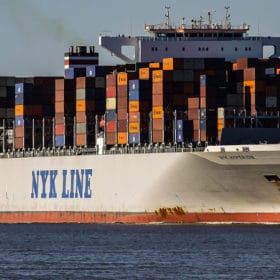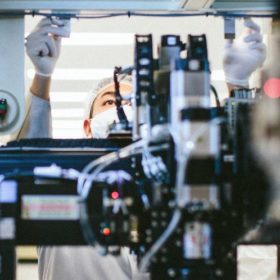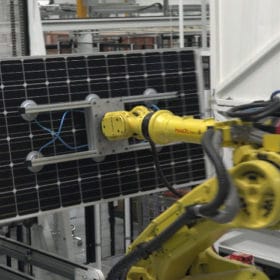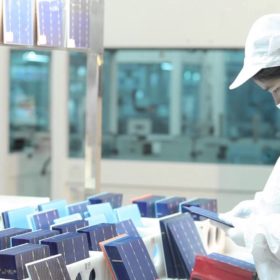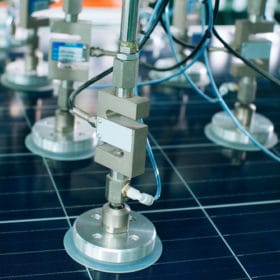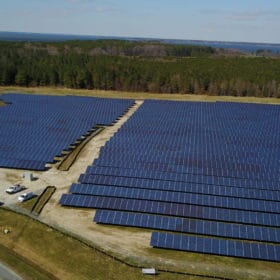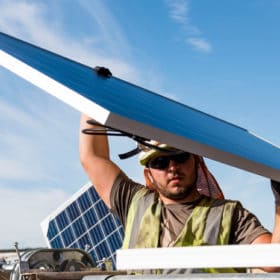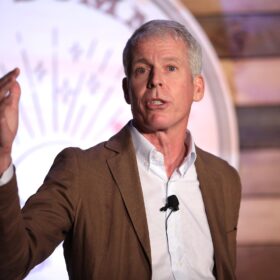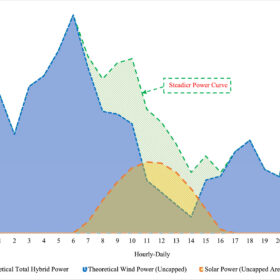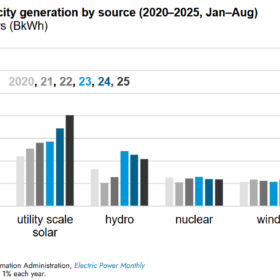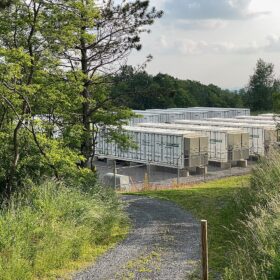Trump Admin proposes 10% tariffs on inverters, AC modules, non-lithium batteries from China
As the trade war escalates, inverters may be the latest victims.
Global solar investment drops due to low project costs, China policy change
While overall global investment in clean energy saw a decrease of just 1% year-over-year in the first half of 2018, solar’s share dropped 19% following changes to China’s PV policy and lower project costs, says Bloomberg New Energy Finance. It forecasts this trend to continue throughout the year.
REC Silicon lays off 40% of US workforce, reduces production
The Norwegian polysilicon maker has announced that it will today lay off around 100 employees from its Washington plant and reduce production, as a “direct result” of the trade dispute between the United States and China.
Monocrystalline solar prices fall
The latest figures from Taiwanese analytics firm PVInsights shows that prices for monocrystalline solar PV products have fallen sharply in a week-on-week comparison. The price drops for wafers were particularly strong.
Global PV module prices collapse
The predicted fall in global PV module prices appears to have already begun, with PV Insights and EnergyTrend reporting average prices in the $0.27-$0.37 cent per watt range.
U.S. could slap additional 25% tariffs on Chinese cells, modules
The new round of IT-related tariffs would make it more expensive for any manufacturers planning to import cells from China for module production in the United States.
TrendForce: China PV policy moves to undermine Section 201 tariffs
The analytics firm is the latest to predict a decline in global PV demand this year and crushed global module prices due to Chinese policy changes. TrendForce also finds that the protectionist moves taken by the U.S. will be weakened by falling module prices.
China may have plunged the U.S. solar market into prosperity
In this op-ed for pv magazine, Tony Clifford looks at the upside of recent Chinese policy decisions for the U.S. market.
What China’s subsidy pull-back means for U.S. solar (part 1)
A flood of cheap solar panels is likely to partially offset the effect of the Section 201 duties. It may also mean the revival of projects with marginal economics and could lead to module supply contracts being renegotiated.
BNEF expects 34% fall in PV module prices in 2018
The organization is expecting carnage throughout the solar value chain as the result of reduced policy support for deployment in China.
